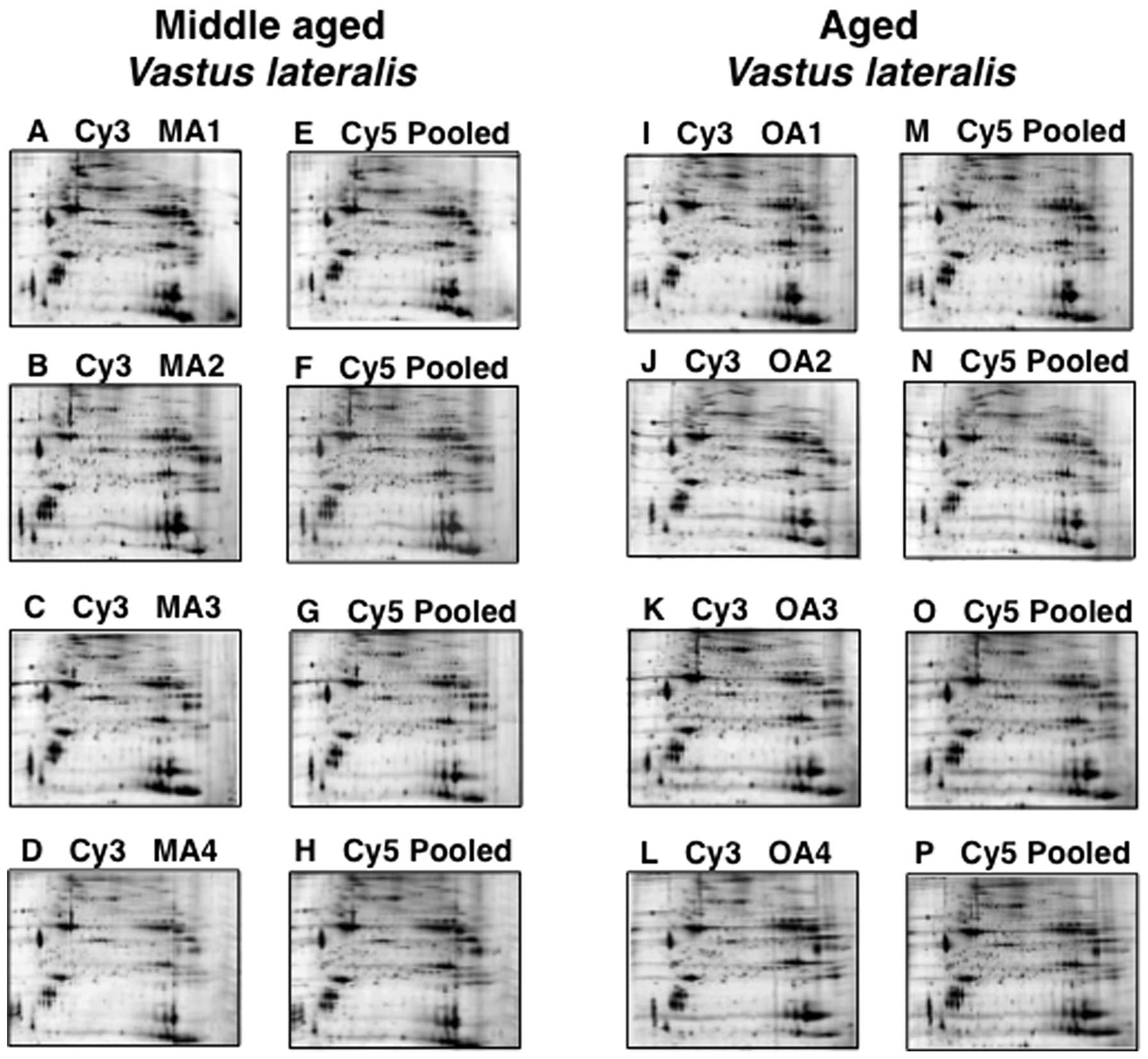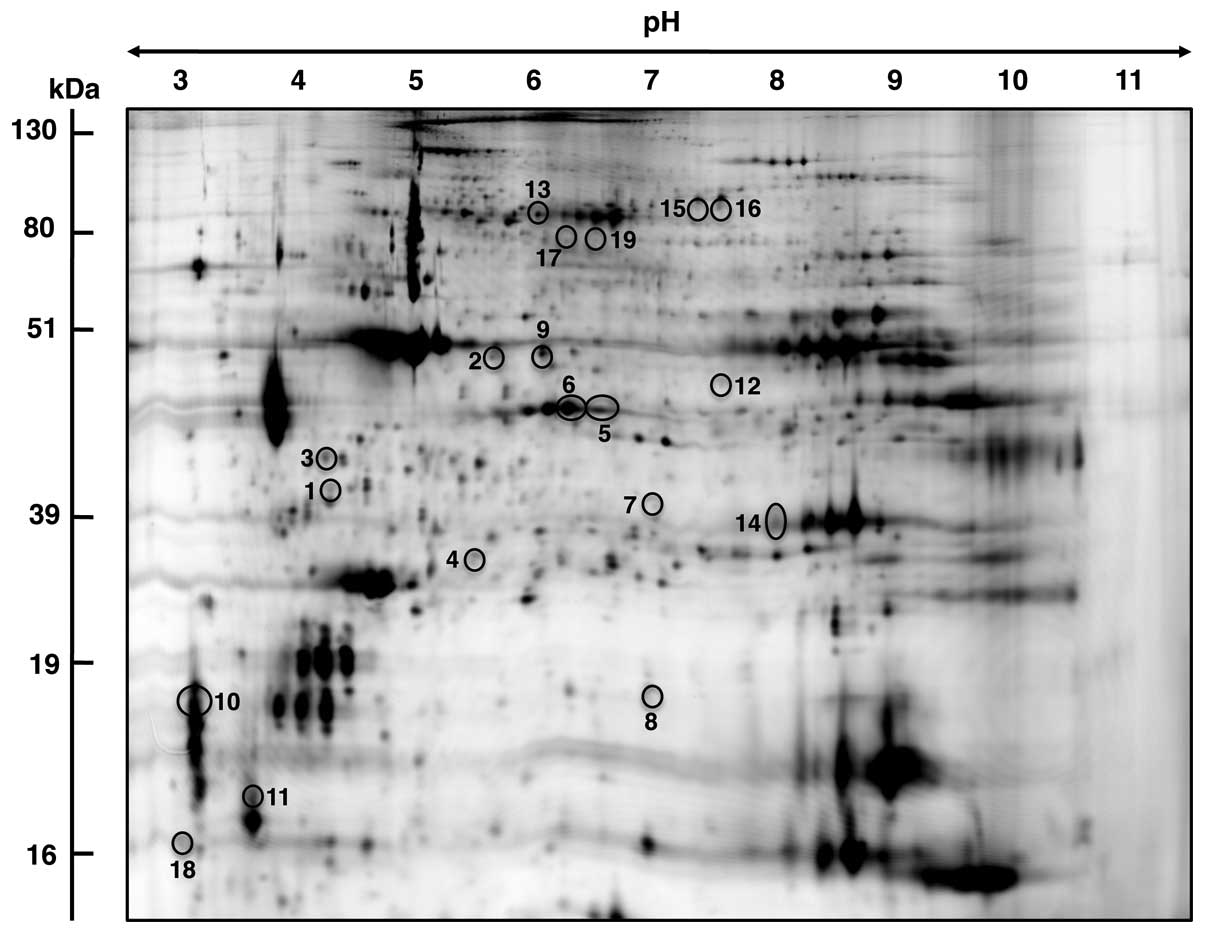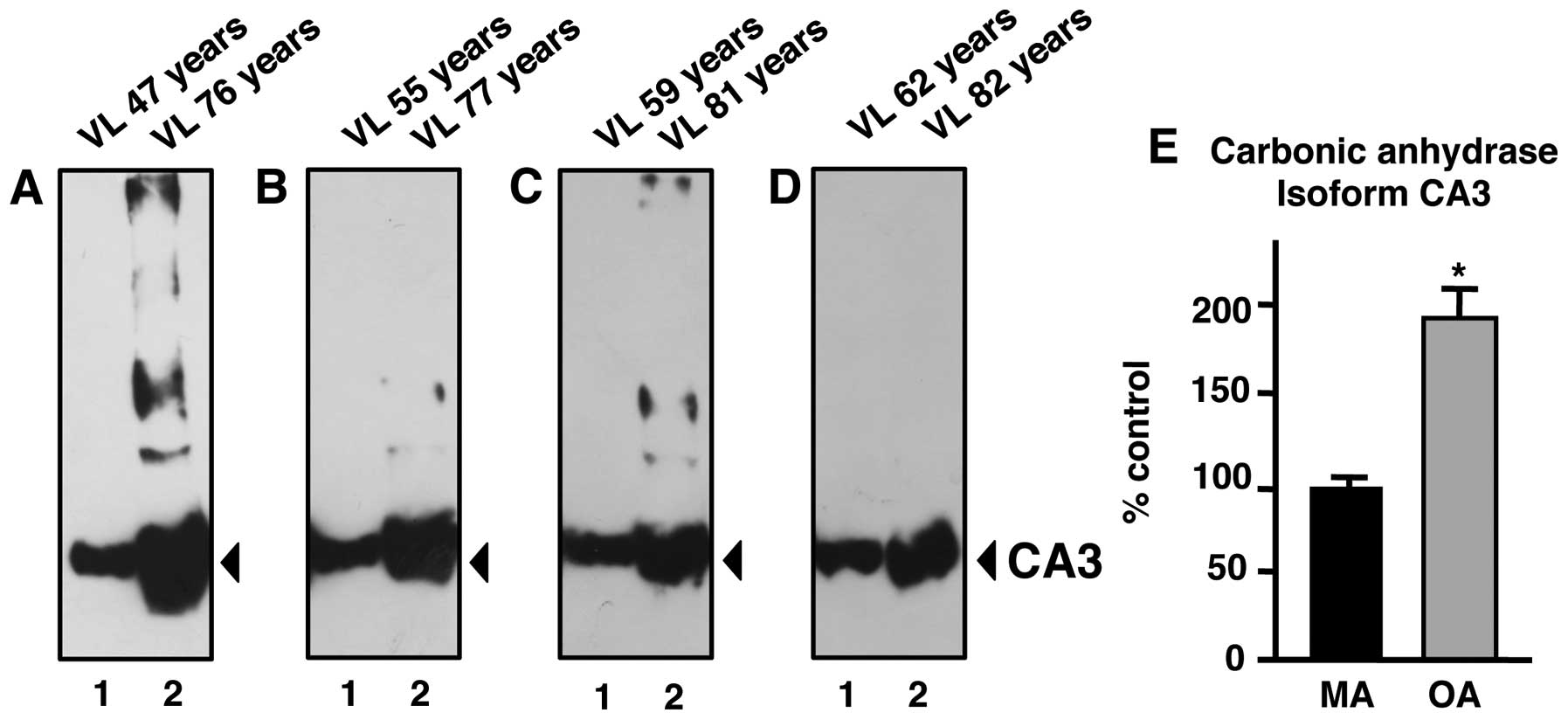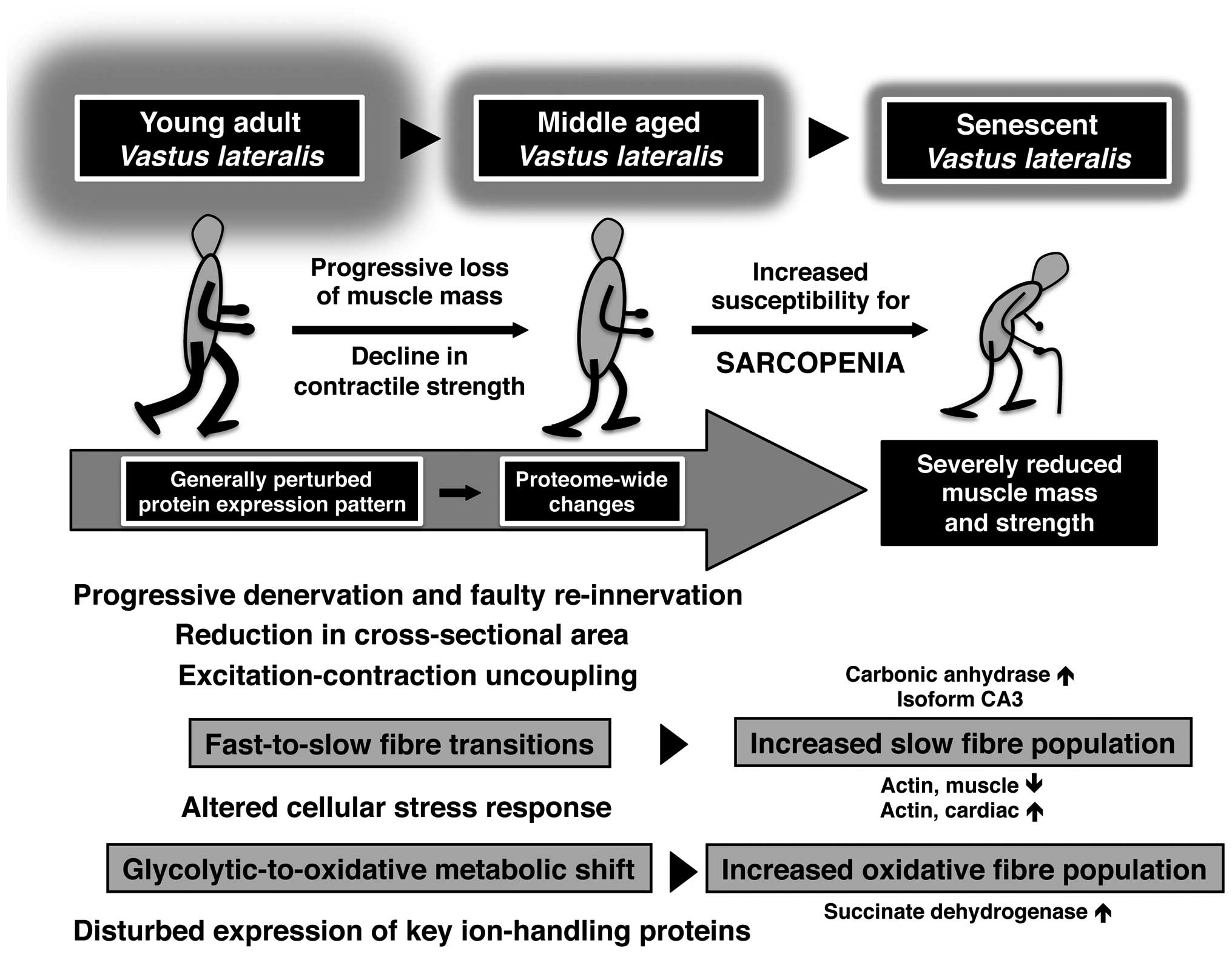|
1.
|
J VijgJY WeiUnderstanding the biology of
aging: the key to prevention and therapyJ Am Geriatr
Soc4342643419957706635
|
|
2.
|
T FlattPS SchmidtIntegrating evolutionary
and molecular genetics of agingBiochim Biophys
Acta1790951962200910.1016/j.bbagen.2009.07.01019619612
|
|
3.
|
TB KirkwoodSN AustadWhy do we
age?Nature408233238200010.1038/3504168211089980
|
|
4.
|
TB KirkwoodS MelovOn the
programmed/non-programmed nature of ageing within the life
historyCurr Biol21R701R707201110.1016/j.cub.2011.07.02021959160
|
|
5.
|
GS LynchSarcopenia - Age-Related Muscle
Wasting and Weakness: Mechanisms and TreatmentsSpringerNew
York480201110.1007/978-90-481-9713-2
|
|
6.
|
LV ThompsonAge-related muscle
dysfunctionExp
Gerontol44106111200910.1016/j.exger.2008.05.00318657920
|
|
7.
|
WJ EvansSkeletal muscle loss: cachexia,
sarcopenia, and inactivityAm J Clin
Nutr911123S1127S201010.3945/ajcn.2010.28608A20164314
|
|
8.
|
DR ThomasSarcopeniaClin Geriatr
Med26331346201010.1016/j.cger.2010.02.012
|
|
9.
|
MJ BergerTJ DohertySarcopenia: prevalence,
mechanisms, and functional consequencesInterdiscip Top
Gerontol3794114201010.1159/00031999720703058
|
|
10.
|
GB ForbesJC ReinaAdult lean body mass
declines with age: some longitudinal
observationsMetabolism19653663197010.1016/0026-0495(70)90062-45459997
|
|
11.
|
RN BaumgartnerPM StauberD McHughKM
KoehlerPJ GarryCross-sectional age differences in body composition
in persons 60+ years of ageJ Gerontol A Biol Sci Med
Sci50M307M31619957583802
|
|
12.
|
RS LindleEJ MetterNA LynchJL FlegJL
FozardJ TobinTA RoyBF HurleyAge and gender comparisons of muscle
strength in 654 women and men aged 20–93 yrJ Appl
Physiol831581158719979375323
|
|
13.
|
RN BaumgartnerKM KoehlerD GallagherL
RomeroSB HeymsfieldRR RossPJ GarryRD LindemanEpidemiology of
sarcopenia among the elderly in New MexicoAm J
Epidemiol147755763199810.1093/oxfordjournals.aje.a0095209554417
|
|
14.
|
LJ Melton IIIS KhoslaCS CrowsonMK
O’ConnorWM O’FallonBL RiggsEpidemiology of sarcopeniaJ Am Geriatr
Soc486256302000
|
|
15.
|
I JanssenSB HeymsfieldR RossLow relative
skeletal muscle mass (sarcopenia) in older persons is associated
with functional impairment and physical disabilityJ Am Geriatr
Soc50889896200210.1046/j.1532-5415.2002.50216.x12028177
|
|
16.
|
BH GoodpasterSW ParkTB HarrisSB
KritchevskyM NevittAV SchwartzEM SimonsickFA TylavskyM VisserAB
NewmanThe loss of skeletal muscle strength, mass, and quality in
older adults: the health, aging and body composition studyJ
Gerontol A Biol Sci Med
Sci6110591064200610.1093/gerona/61.10.105917077199
|
|
17.
|
MJ DelmonicoTB HarrisM VisserSW ParkMB
ConroyP Velasquez-MieyerR BoudreauTM ManiniM NevittAB NewmanBH
GoodpasterHealth, aging, and body. Longitudinal study of muscle
strength, quality, and adipose tissue infiltrationAm J Clin
Nutr9015791585200910.3945/ajcn.2009.2804719864405
|
|
18.
|
KK HedayatiM DittmarPrevalence of
sarcopenia among older community-dwelling people with normal health
and nutritional stateEcol Food
Nutr49110128201010.1080/0367024090354115421883084
|
|
19.
|
HP PatelHE SyddallHJ MartinCE StewartC
CooperAA SayerHertfordshire sarcopenia study: design and methodsBMC
Geriatr1043201010.1186/1471-2318-10-4320587018
|
|
20.
|
DN ProctorPC O’BrienEJ AtkinsonKS
NairComparison of techniques to estimate total body skeletal muscle
mass in people of different age groupsAm J
Physiol277E489E495199910484361
|
|
21.
|
AA VandervoortAging of the human
neuromuscular systemMuscle
Nerve251725200210.1002/mus.121511754180
|
|
22.
|
WR FronteraKF ReidEM PhillipsLS
KrivickasVA HughesR RoubenoffFA FieldingMuscle fiber size and
function in elderly humans: a longitudinal studyJ Appl
Physiol105637642200810.1152/japplphysiol.90332.200818556434
|
|
23.
|
JA FaulknerLM LarkinDR ClaflinSV
BrooksAge-related changes in the structure and function of skeletal
musclesClin Exp Pharmacol
Physiol3410911096200710.1111/j.1440-1681.2007.04752.x17880359
|
|
24.
|
D ScottL BlizzardJ FellG JonesThe
epidemiology of sarcopenia in community living older adults: what
role does lifestyle play?J Cachexia Sarcopenia
Muscle2125134201110.1007/s13539-011-0036-421966639
|
|
25.
|
RH CokerRR WolfeBedrest and sarcopeniaCurr
Opin Clin Nutr Metab Care15711201210.1097/MCO.0b013e32834da629
|
|
26.
|
P AagaardC SuettaP CaserottiSP MagnussonM
KjaerRole of the nervous system in sarcopenia and muscle atrophy
with aging: strength training as a countermeasureScand J Med Sci
Sports204964201010.1111/j.1600-0838.2009.01084.x20487503
|
|
27.
|
E EdstromM AltunE BergmanH JohnsonS
KullbergV Ramirez-LeonB UlfhakeFactors contributing to
neuromuscular impairment and sarcopenia during agingPhysiol
Behav92129135200710.1016/j.physbeh.2007.05.04017585972
|
|
28.
|
I BeyerT MetsI BautmansChronic low-grade
inflammation and age-related sarcopeniaCurr Opin Clin Nutr Metab
Care151222201210.1097/MCO.0b013e32834dd29722108098
|
|
29.
|
L LarssonB SjodinJ KarlssonHistochemical
and biochemical changes in human skeletal muscle with age in
sedentary males, age 22–65 yearsActa Physiol
Scand10331391978208350
|
|
30.
|
M MuscaritoliSD AnkerJ ArgilésZ AversaJM
BauerG BioloY BoirieI BosaeusT CederholmP CostelliConsensus
definition of sarcopenia, cachexia and pre-cachexia: joint document
elaborated by Special Interest Groups (SIG) ‘cachexia-anorexia in
chronic wasting diseases’ and ‘nutrition in geriatrics’Clin
Nutr29154159201020060626
|
|
31.
|
AJ Cruz-JentoftJP BaeyensJM BauerY BoirieT
CederholmF LandiFC MartinJP MichelY RollandSM SchneiderSarcopenia:
European consensus on definition and diagnosis: Report of the
European Working Group on Sarcopenia in Older PeopleAge
Ageing39412423201010.1093/ageing/afq03420392703
|
|
32.
|
AJ Cruz-JentoftF LandiE TopinkovaJP
MichelUnderstanding sarcopenia as a geriatric syndromeCurr Opin
Clin Nutr Metab
Care1317201010.1097/MCO.0b013e328333c1c119915458
|
|
33.
|
H PatelHE SyddallHJ MartinC CooperC
StewartAA SayerThe feasibility and acceptability of muscle biopsy
in epidemiological studies: findings from the Hertfordshire
Sarcopenia Study (HSS)J Nutr Health
Aging151015201110.1007/s12603-011-0006-821267515
|
|
34.
|
J LexellCC TaylorM SjostromWhat is the
cause of the ageing atrophy? Total number, size and proportion of
different fiber types studied in whole vastus lateralis
muscle from 15- to 83-year-old menJ Neurol
Sci8427529419883379447
|
|
35.
|
J LexellHuman aging, muscle mass, and
fiber type compositionJ Gerontol A Biol Sci Med Sci5011161995
|
|
36.
|
C LewisP DoranK OhlendieckProteomic
analysis of dystrophic muscleMethods Mol
Biol798357369201210.1007/978-1-61779-343-1_2022130847
|
|
37.
|
K OhlendieckProteomics of skeletal muscle
differentiation, neuromuscular disorders and fiber agingExpert Rev
Proteomics7283296201010.1586/epr.10.220377394
|
|
38.
|
C GelfiM VassoP CerretelliDiversity of
human skeletal muscle in health and disease: contribution of
proteomicsJ
Proteomics74774795201110.1016/j.jprot.2011.02.02821414428
|
|
39.
|
K OhlendieckSkeletal muscle proteomics:
current approaches, technical challenges and emerging
techniquesSkelet Muscle16201110.1186/2044-5040-1-621798084
|
|
40.
|
P DoranP DonoghueK O’ConnellJ GannonK
OhlendieckProteomics of skeletal muscle
agingProteomics99891003200910.1002/pmic.20080036519180535
|
|
41.
|
I PiecA ListratJ AlliotC ChambonRG TaylorD
BechetDifferential proteome analysis of aging in rat skeletal
muscleFASEB J1911431145200515831715
|
|
42.
|
K O’ConnellJ GannonP DoranK
OhlendieckProteomic profiling reveals a severely perturbed protein
expression pattern in aged skeletal muscleInt J Mol
Med20145153200717611631
|
|
43.
|
D DoranJ GannonK O’ConnellK
OhlendieckAging skeletal muscle shows a drastic increase in the
small heat shock proteins αB-crystallin/HspB5 and cvHsp/HspB7Eur J
Cell Biol86629640200717761354
|
|
44.
|
J GannonL StauntonK O’ConnellP DoranK
OhlendieckPhosphoproteomic analysis of aged skeletal muscleInt J
Mol Med2233422008
|
|
45.
|
K O’ConnellP DoranJ GannonK
OhlendieckLectin-based proteomic profiling of aged skeletal muscle:
decreased pyruvate kinase isozyme M1 exhibits drastically increased
levels of N-glycosylationEur J Cell Biol877938052008
|
|
46.
|
P DoranK O’ConnellJ GannonM KavanaghK
OhlendieckOpposite pathobiochemical fate of pyruvate kinase and
adenylate kinase in aged rat skeletal muscle as revealed by
proteomic DIGE
analysisProteomics8364377200810.1002/pmic.20070047518050275
|
|
47.
|
D CapitanioM VassoC FaniaM MoriggiA
ViganoP ProcacciV MagnaghiC GelfiComparative proteomic profile of
rat sciatic nerve and gastrocnemius muscle tissues in ageing by 2-D
DIGEProteomics920042020200910.1002/pmic.20070116219333999
|
|
48.
|
J GannonP DoranA KirwanK OhlendieckDrastic
increase of myosin light chain MLC-2 in senescent skeletal muscle
indicates fast-to-slow fibre transition in sarcopenia of old ageEur
J Cell Biol88685700200910.1016/j.ejcb.2009.06.00419616867
|
|
49.
|
A LombardiE SilvestriF CioffiR SeneseA
LanniF GogliaP de LangeM MorenoDefining the transcriptomic and
proteomic profiles of rat ageing skeletal muscle by the use of a
cDNA array, 2D- and Blue native-PAGE approachJ
Proteomics72708721200910.1016/j.jprot.2009.02.00719268720
|
|
50.
|
K O’ConnellK OhlendieckProteomic DIGE
analysis of the mitochondria-enriched fraction from aged rat
skeletal muscleProteomics955095524200919834913
|
|
51.
|
P DonoghueL StauntonE MullenG ManningK
OhlendieckDIGE analysis of rat skeletal muscle proteins using
nonionic detergent phase extraction of young adult vs. aged
gastrocnemius tissueJ
Proteomics714411453201010.1016/j.jprot.2010.01.01420153846
|
|
52.
|
C GelfiA ViganoM RipamontiA PontoglioS
BegumMA PellegrinoB GrassiR BottinelliR WaitP CerretelliThe human
muscle proteome in agingJ Proteome
Res513441353200610.1021/pr050414x16739986
|
|
53.
|
L StauntonK O’ConnellK OhlendieckProteomic
profiling of mitochondrial enzymes during skeletal muscle agingJ
Aging Res2011908035201110.4061/2011/90803521437005
|
|
54.
|
K OhlendieckProteomic profiling of
fast-to-slow muscle transitions during agingFront
Physiol2105201122207852
|
|
55.
|
P FremontPM CharestC CotePA RogersCarbonic
anhydrase III in skeletal muscle fibers: an immunocytochemical and
biochemical studyJ Histochem
Cytochem36775782198810.1177/36.7.31334073133407
|
|
56.
|
R SchäferU KnaufM ZweyerO HögemeierF de
GuarriniX LiuHJ EichhornFW KochRR MundegarI ErzenA WernigAge
dependence of the human skeletal muscle stem cell in forming muscle
tissueArtif Organs30130140200616480387
|
|
57.
|
L StauntonH JockuschC WiegandT AlbrechtK
OhlendieckIdentification of secondary effects of hyperexcitability
by proteomic profiling of myotonic mouse muscleMol
Biosyst724802489201110.1039/c1mb05043e21629954
|
|
58.
|
MM BradfordA rapid and sensitive method
for the quantitation of microgram quantities of protein utilizing
the principle of protein-dye bindingAnal
Biochem72248254197610.1016/0003-2697(76)90527-3942051
|
|
59.
|
T RabilloudM ChevalletS LucheC
LelongTwo-dimensional gel electrophoresis in proteomics: Past,
present and futureJ
Proteomics7320642077201010.1016/j.jprot.2010.05.01620685252
|
|
60.
|
L StauntonH JockuschK OhlendieckProteomic
analysis of muscle affected by motor neuron degeneration: the
wobbler mouse model of amyotrophic lateral sclerosisBiochem Biophys
Res Commun406595600201110.1016/j.bbrc.2011.02.09921354103
|
|
61.
|
C LewisK OhlendieckMass spectrometric
identification of dystrophin isoform Dp427 by on-membrane digestion
of sarcolemma from skeletal muscleAnal
Biochem404197203201010.1016/j.ab.2010.05.01720507823
|
|
62.
|
A ShevchenkoH TomasJ HavlisJV OlsenM
MannIn-gel digestion for mass spectrometric characterization of
proteins and proteomesNat
Protoc128562860200610.1038/nprot.2006.46817406544
|
|
63.
|
T LangT StreeperP CawthonK BaldwinDR
TaaffeTB HarrisSarcopenia: etiology, clinical consequences,
intervention, and assessmentOsteoporos
Int21543559201010.1007/s00198-009-1059-y19779761
|
|
64.
|
LJ TanSL LiuSF LeiCJ PapasianHW
DengMolecular genetic studies of gene identification for
sarcopeniaHum Genet131131201210.1007/s00439-011-1040-721706341
|
|
65.
|
SY KhaitlinaFunctional specificity of
actin isoformsInt Rev
Cytol2023598200110.1016/S0074-7696(01)02003-411061563
|
|
66.
|
C GeersG GrosCarbon dioxide transport and
carbonic anhydrase in blood and musclePhysiol
Rev80681715200010747205
|
|
67.
|
P WetzelG GrosInhibition and kinetic
properties of membrane-bound carbonic anhydrases in rabbit skeletal
musclesArch Biochem
Biophys356151158199810.1006/abbi.1998.07629705205
|
|
68.
|
P WetzelT KleinkeS PapadopoulosG
GrosInhibition of muscle carbonic anhydrase slows the
Ca2+ transient in rat skeletal muscle fibersAm J
Physiol283C1242C1253200210.1152/ajpcell.00106.200212225987
|
|
69.
|
P FremontH RiverinJ FrenettePA RogersC
CoteFatigue and recovery of rat soleus muscle are influenced by
inhibition of an intracellular carbonic anhydrase isoformAm J
Physiol260R615R62119912001010
|
|
70.
|
C BrownsonH IsenbergW BrownS SalmonsY
EdwardsChanges in skeletal muscle gene transcription induced by
chronic stimulationMuscle
Nerve1111831189198810.1002/mus.8801111133147374
|
|
71.
|
C BrownsonP LoughnaAlterations in the mRNA
levels of two metabolic enzymes in rat skeletal muscle during
stretch-induced hypertrophy and disuse atrophyPfluegers
Arch431990992199610.1007/s0042400500978927521
|
|
72.
|
CH CoteF AmbrosioG PerreaultMetabolic and
contractile influence of carbonic anhydrase III in skeletal muscle
is age dependentAm J Physiol276R559R56519999950937
|
|
73.
|
AH WuMB PerrymanClinical applications of
muscle enzymes and proteinsCurr Opin
Rheumatol481582019921457275
|
|
74.
|
HK VäänänenTE TakalaU TolonenJ VuoriVV
MyllyläMuscle-specific carbonic anhydrase III is a more sensitive
marker of muscle damage than creatine kinase in neuromuscular
disordersArch Neurol451254125619883142447
|
|
75.
|
P BrancaccioG LippiN MaffulliBiochemical
markers of muscular damageClin Chem Lab
Med48757767201010.1515/CCLM.2010.179
|
|
76.
|
P DoranG MartinP DowlingH JockuschK
OhlendieckProteome analysis of the dystrophin-deficient MDX
diaphragm reveals a drastic increase in the heat shock protein
cvHSPProteomics646104621200610.1002/pmic.20060008216835851
|
|
77.
|
E MullenK OhlendieckProteomic profiling of
non-obese type 2 diabetic skeletal muscleInt J Mol
Med25445458201020127051
|
|
78.
|
T WallimannM Tokarska-SchlattnerU
SchlattnerThe creatine kinase system and pleiotropic effects of
creatineAmino
Acids4012711296201110.1007/s00726-011-0877-321448658
|
|
79.
|
M YanezJ Gil-LongoM Campos-ToimilCalcium
binding proteinsAdv Exp Med
Biol740461482201210.1007/978-94-007-2888-2_19
|
|
80.
|
W TangS SencerSL HamiltonCalmodulin
modulation of proteins involved in excitation-contraction
couplingFront Biosci7d1583d1589200210.2741/tang12045019
|
|
81.
|
P TaviH WesterbladThe role of in vivo
Ca²+ signals acting on
Ca²+-calmodulin-dependent proteins for skeletal muscle
plasticityJ Physiol589502150312011
|
|
82.
|
K OhlendieckProteomics of skeletal muscle
glycolysisBiochim Biophys
Acta180420892101201010.1016/j.bbapap.2010.08.00120709194
|
|
83.
|
TE JensenEA RichterRegulation of glucose
and glycogen metabolism during and after exerciseJ
Physiol59010691076201210.1113/jphysiol.2011.22497222199166
|
|
84.
|
RN NishimuraFR SharpHeat shock proteins
and neuromuscular diseaseMuscle
Nerve32693709200510.1002/mus.2037315962334
|
|
85.
|
V BonifatiBA OostraP HeutinkLinking DJ-1
to neuro-degeneration offers novel insights for understanding the
pathogenesis of Parkinson’s diseaseJ Mol
Med82163174200414712351
|


















